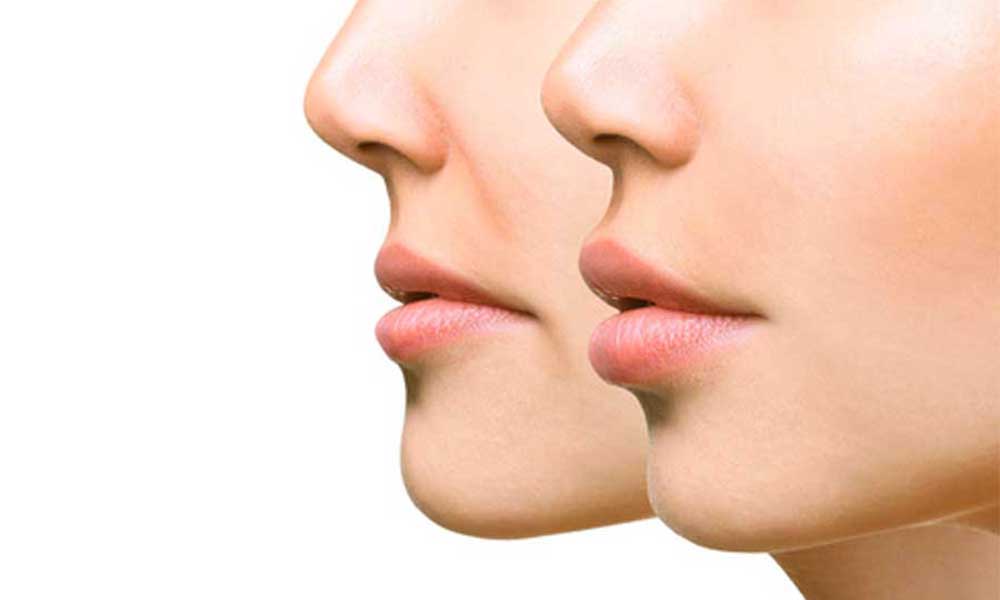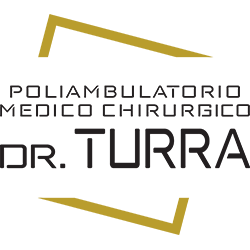COSMETIC MEDICINE
Fillers

HYALURONIC ACID-BASED FILLER
WHAT IS HYALURONIC ACID?
Hyaluronic acid is a naturally occurring component of the skin. It is a glycosaminoglycan, or rather a molecule formed by long unbranched chains of disaccharide units (alternating between glucuronic acid and N-acetylglucosamine). By binding to a number of water molecules, hyaluronic acid hydrates, firms and softens the tissues, while protecting them from excess stress. The concentration of hyaluronic acid in the skin’s connective tissue gradually reduces over time: this is why mature skin appears less supple and hydrated than younger skin. Despite this being a completely physiological and natural phenomenon, many people wish to counteract this inexorable ageing process by preventing lines and other skin imperfections. They wish to be (at least appear to be) much younger… and the solution comes in the form of hyaluronic acid filler.
In addition to facial injections, hyaluronic acid filler can be used to fill other parts of the body: injections can be given to improve the appearance and shape of the calves and buttocks. Hyaluronic acid injections are not entirely painless: most patients that receive hyaluronic acid fillers experience an unpleasant burning sensation and discomfort during and after treatment. To overcome this, many doctors inject hyaluronic acid after the area to be treated has been anaesthetised or use fillers that contain a local anaesthetic, (usually lidocaine). Unlike collagen injections, hyaluronic acid fillers do not normally result in allergic reactions so a preliminary intradermal test to check for possible allergies is not required. Depending on the type of material used, location in the body and the patient’s lifestyle (sun exposure, cigarette use, drug use, physical activity, facial expressions), the effects usually last from 4-8 months.
Calcium hydroxylapatite fillers
This biocompatible substance is resorbable and stimulates the production of collagen. Its application volumizes the treated area of the face and performs differently to hyaluronic acid. The product contains: calcium hydroxylapatite (CaHA) (30%) suspended in an aqueous gel solution (70%). The product is 100% biocompatible and therefore allergy tests are not required prior to treatment. Synthetic CaHA microspheres vary in size from 25 to 45 microns and are composed of calcium and phosphate ions that are also found in the epidermal tissue. Macrophages degrade the gelatinous medium and fibroblasts form new natural collagen that volumizes and smooths the skin. It lasts longer than hyaluronic acid (around 12 months). It is used to increase the volume of the face and hands but not the lips.
Polylactic acid (Sculptra®)
culptra is the commercial name for polylactic acid (PLLA). It is a synthetic, biodegradable, immunologically inert and absorbable polymer, which has been used in medicine for over 30 years in suture material, screws, plates and implants. Since the late ‘90s, it has been used to correct lipodystrophies and, more recently, has been introduced into cosmetic medicine as a long-acting filler. Sculptra increases the skin’s volume through neocollagenesis. As a result of this characteristic and unlike other fillers, Sculptra should be viewed as a “tonic” for the connective tissues. Allergy tests are not required. After it is injected, there is an immediate visible improvement in skin conditions, which is however, temporary. This is because, within a few days, the water contained within the product will be reabsorbed by the body: any imperfections are in fact corrected by the production of new collagen as a consequence of the Sculptra injections.
The process takes place over a few months, which means that several sessions are required. The sessions need to be spaced apart with the second session usually taking place around 1 month after the first. Sculptra is a long-lasting biodegradable product with a half-life of around 18 months; this means that after 18 months, around half of the injected product will still be present. This enables stand-alone retouching sessions to be carried out once a year.
Sculptra: Application technique
Sculptra is injected into the subcutaneous tissue or deep skin through a fine needle or cannula. A small amount of anaesthetic is contained within the product to reduce any discomfort caused by the injections.
Advantages of Sculptra
When polylactic acid is used to correct facial imperfections the results are very natural. This is because it integrates seamlessly with the patient’s facial expressions: the treated area becomes firmer, fuller and smoother.
Touch-ups are only needed after several months. The main advantage of this product, apart from its biodegradability and long-lasting effects, is the ability to tailor the treatment and make corrections to specific areas of the body based on the patient’s desires. Side effects (haematomas, oedema, redness, infections, subcutaneous nodules) are similar to those of other more widely used fillers and affect less than 1% of treated patients.
Recommendations for use
- Reshaping expression lines such as nasolabial folds
- Filling small scars
- Plumping thin lips to redefine contours and increase volume
- Volumizing the cheekbones
- Reshaping the profile of the face and nose
- Correcting post-traumatic/surgical scarring
CONTRAINDICATIONS
Although serious side effects from hyaluronic acid injections are rare, use of the filler is strongly contraindicated during pregnancy and breastfeeding. Furthermore, hyaluronic acid filler is contraindicated in the case of skin disease, active Herpes infection, autoimmune skin diseases and collagenopathies.
DISCOVER THE RESULTS OF THE TREATMENTS

BEFORE

